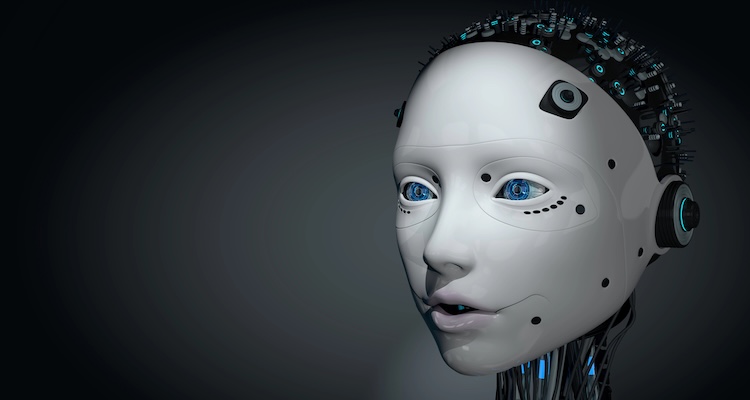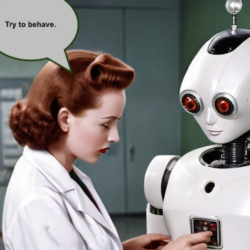Hello Dolly: Today’s Customized Synthetic Companions Set the Stage for Tomorrow’s Pleasures
What takes science, art, and a lot of skill may soon be as easy as one, two, three

Ever wondered what goes into highly personalized, uniquely styled, and largely hand-made sexbots? Pulling back the curtain, several prominent manufacturers have now begun detailing exactly what goes into producing their one-of-a-kind synthetic companions.
Definitely interesting, especially in light of how rapidly the industry’s been growing over the last few years, due to how enthusiastically consumers show interest in increasingly advanced models equipped with Large Language Model (LLM), artificial intelligence capabilities.
But what’s even more fascinating is how the current time-consuming and often exorbitantly expensive process might become considerably less difficult, far more cost-effective, and therefore more affordable, as well as open up exciting new possibilities for their designers to explore.
A little bit of this
One such industry promo on Filthy reports that their process begins with a collaboration between their in-house artists and what a potential client is looking for, which may or may not include a certain amount of 3D modeling.
RECOMMENDED READ: Artificial Companion Designers: Time To Think Beyond Just Sex?
However, it’s worth noting the company doesn’t disclose any restrictions or safeguards in place that prevent a customer from requesting their synthetic companion to nonconsensually resemble another person.
As we’ve repeatedly reported, this is an issue not just for the physical synthetic companion industry to address, but also because it is painfully similar to how the generative AI companies repeatedly fail to protect people from having their deepfake likenesses or personalities used or sold without their permission.
A little bit of that
Once the client’s expectations have been established, the next step is essentially the production of any non-customized companion, which involves pouring flexible TPE plastic or silicon into a specially formed mold and around a multi-joined steel or aluminum skeleton.
After curing, the next and final step is to give it all sorts of human touches, such as whatever skin tone, hair color or style, eyes, and sexual components the customer requested.
Although this example is relatively simple, other manufacturers may offer increasingly sophisticated options, which could include bio-mechanical movements such as lifelike features, automatically moving eyes, lips, or the ability for the companion to track its head back and forth.
To give you an idea of what these other models are capable of, just look at any of RealDoll’s products—with the notable exception of their new Realbotix models, which, as we covered, have been puzzlingly de-eroticised.
Sugar and spice
Looking ahead a few years, the process of fabricating customized synthetic companions could be easier and cheaper by leveraging a bit of virtual assistance to make.
Not only in making companions act and talk progressively more realistically but AI image generation software could aid in helping clients visualize their ideal companion.
Ideally with protections in place preventing anyone from illicitly copying someone else’s appearance or personality, we could see a system where your instructions would be given to a specially coded artificial intelligence directing large scale 3D printers to either form a mold for your companion or to build everything all at once.
Snips and snails
We might go even further towards achieving quick, low-cost, and everyday accessibility through modularity. For example, while a companion’s overall shape and appearance, along with any other customer-preferred characteristics, would be customizable, its internal mechanism would instead be pre-made, ready to install whenever needed.
Sexual components, servos and actuators, internal processors—all of these and more could someday be check-boxes for you or anyone else to tick off when ordering your exclusively customized artificial companion.
Not only that, but there’s a real possibility these types of user-created companions may be even less costly to produce than when they have come to the end of their operational lifespans, or their owners might merely want to try something different. Their latex, silicone, or plastic components could be recycled. At the same time, their modular components are stored away or repeatedly reused.
It’s likely, given technological advances, that 2025’s high-priced, customized synthetic companions will probably be the anyone-who-wants-one-can-have-one sexually pleasurable product by the 2030s, if not sooner.
Image Source: Depositphotos

















